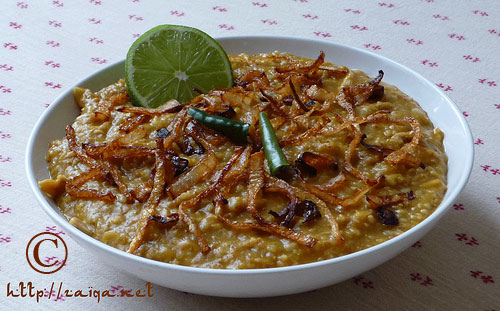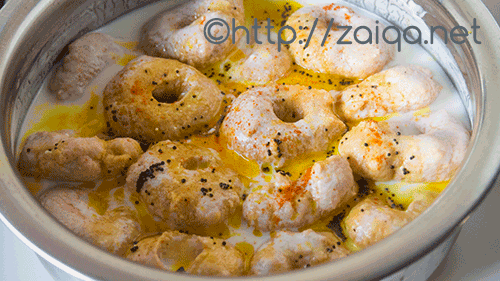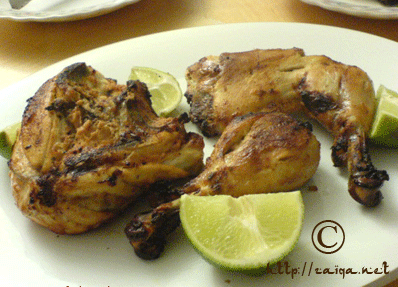Ramadan Mubarak to all Muslims !!
“There has come to you Ramadan, a blessed month, which Allah, the Mighty & Sublime, has enjoined you to fast. In it the gates of heavens are opened & the gates of Hell are closed, & every devil is chained up. In it Allah has a night which is better than a thousand months; whoever is deprived of its goodness is indeed deprived” – Prophet Muhammad (صَلَّى اللَّهُ عَلَيْهِ وَسَلَّمَ)
[Sunan An Nasa’i, Vol. 3, Book of Fasting, Hadith No. 2108]
Ramadan, the month when all Muslims fast, starts from tomorrow. For all those of you, who do not know what Ramadhan is,.. and what Muslims do in this month,.. i thought of publishing this post where i will explain to you all about Ramadhan in simpler terms…
Ramadan is the ninth Islamic Arabic month, according to the lunar calender, when all Muslims fast. It is also the month when Quran, the Holy book of Mulims, was sent down from heaven.
Every Muslim fasts during this whole month. Fasting during the month of Ramadan is one of the Five Pillars of Islam. It is essential for every Muslim (male or female) who has reached puberty, is mentally and physically fit, and is not travelling, to keep fasts. Fasting the month of Ramadhan is an obligation confirmed by the book of Allah (سبحانه وتعالى), the Most High and His Messenger, Prophet Mohammed (صَلَّى اللَّهُ عَلَيْهِ وَسَلَّمَ).
During the month of Ramadan, Muslims get up early in the morning, before the time of the first Salah of the day, the Fajr Salah, among the Five Salah which they pray everyday, then offer prayers, and have Sehri. The time for Sehri this year is around 5:50 am in the morning. Sehri is the pre-dawn meal. At Sehri, people have chapati or rice with curry, fruits, and milk. It differs from house to house and region to region to region. After Sehri, the day’s fast has started and they perform the Fajr Salah. A day’s fast begins at Sehri and ends at the Maghrib Salah time, the fourth Salah of the day. The time for the Maghrib Salah this year is around 7:00 pm. They then have Iftaar, the evening meal, and break the fast with usually dates, and some juice. People also have some snacks like Dahi-wade, Pakode, Chole, Samosa etc at Iftaar. They then perform the Maghrib Salah after the evening meal. After the Maghrib Salah, some Muslims have their dinner, if their Iftaar was light, or some Muslims offer the Taraweeh prayers, have their dinner and go to sleep.
The Month of the Ramadan is the month when all muslims indulge themselves in as much prayers as possible and ask for forgiveness from Allah (سبحانه وتعالى), The All-Knower. When they fast it is not only about not having food and drink in the daytime, but the Muslims have to abstain intentionally from sexual relations, smoking and other earthly pleasures, curbing evil intentions, every kind of lying, backbiting, slandering, and other forbidden acts and desires. Fasting trains in self control, so that he is able to direct himself to those things which are good for him and bring about happiness in this world and in the Hereafter, when each person will be judged and accordingly sent to Heaven or Hell. It also helps prevent one from becoming of those persons who give in to their animal passions and desire, which is beneficial for everybody.
Fasting has its advantages from the point of view of health and hygiene. Islam wants a Muslim to be healthy, clean, alert, agile and energetic. “Fast to be healthy,” had said the Holy Prophet (صَلَّى اللَّهُ عَلَيْهِ وَسَلَّمَ). The health benefits are many which a Muslim attain in the month of Ramadhan as a result of reducing the amount of food consumed and resting the gastrointestinal tract for a specific period of time, and removing harmful substances from the body, etc.
Some Dietary guidelines that a Muslim can follow during the month of Ramadhan are:
There is not much difference between the dietary plan during the normal days and during Ramadan. The below guidelines are beneficial to be followed for anyone anytime.
- Consure a variety of foods from all the Food groups, which are Bread and Cereal Group., Fruits and Vegetable Group., Milk, Yoghurt and cheese Group., Meat, Poultry, Fish, Dry Beans, Eggs, and Nuts Group.
- There will be increased gastric acidity noticed during fasts in a person, which is, a slight burning sensation in the stomach or a bloated feeling or heaviness in the stomach or a sour mouth, so a fasting person is advised usually to have whole wheat breads, vegetables, beans and fruits, which are all excellent sources of dietary fibres which trigger muscular action thereby reducing gastric acidity.
- Peptic Ulcer and Diabetic patients should consult their doctors and ask for the complete advise on the diet methods during fasts.
- Avoid Caffeine, Coke, Tea and Coffee, especially at Sehri, as they are diuretics and they increase the production of urine by the kidneys, and you lose all the essential minerals from the body. Instead drink lots of fluids, like natural juices, water, between the Iftaar and Sehri time to replenish stores of your body and avoid dehydration.
- Avoid adding too much sugar to the juices or in your food, like in your desserts, or sweet dishes. Keep off from high sugar intake.
- Avoid Smoking, it effects the utilization of vitamins and enzymes.
- Have fresh food as much as possible !
- Fried foods, Fatty foods and Spicy foods should be reduced in the diet as much as possible. Instead of frying food, bake, broil, roast or grill foods with minimum amounts of oil.
- Do not over-eat at Sehri.
- Limit salt in foods, alternatively, add lemon juice or fresh herbs for the good flavours.
- Choose light, clean, lean and fat-less white meat, the breast meat of the chicken in your diet and avoid red meat.
- Have complex carbohydrates at Sehri, so that they absorb slowly in your systems. Include Haleem, Dates, Almonds and Bananas in your diet.
Thank Allah (سبحانه وتعالى) for all the bounties, ask for forgiveness, for yourselves and for everyone else and remember in your dua’s.
This month i will be posting the recipes of some Ramadhan dishes which will be traditional, simple, ethnic, all those that i am preparing for my family in this blessed month of Ramadhan. Be sure to come back to check out those Muslim ethnic as well as simpler kinds of recipes from my kitchen 
Luv,
Mona




